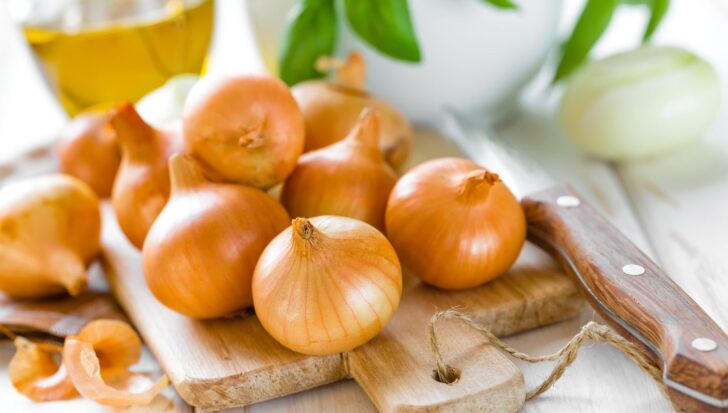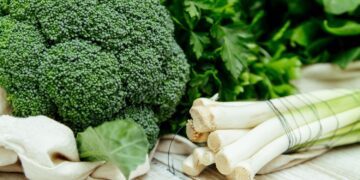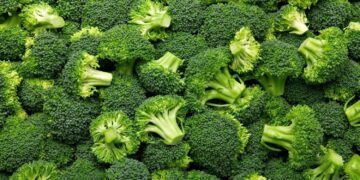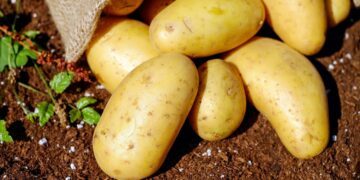Onions have been a kitchen essential for thousands of years, offering more than just bold flavors and watery eyes.
They have a surprising variety of uses and a history richer than your grandma’s stew!
Used in ancient remedies and even grown in space, they’ve been part of both tradition and innovation.
Keep reading as we peel back the history and science of the humble onion.
Ancient Egyptians saw the onion as a symbol of eternal life. They even found traces of onion in the eye sockets of mummies like Ramses IV.
Onions were widely used in ancient Rome, not just for cooking but also as medicine. Pliny the Elder of Pompeii wrote about how they could heal eyes, toothaches, and even dog bites.
Onions are often used in schools to teach students how to use microscopes. This is because the cells of an onion are quite large and easy to see.
The New Zealand Institute for Crop and Food Research created genetically modified onions in 2008 that don’t make you cry. However, some people find these onions to taste less strong.
You shouldn’t feed onions to your pets, no matter how big the puppy-dog eyes get. Onions can be toxic to cats, dogs, rabbits, and a lot of other common pets.
Onions should be stored alone in a mesh bag at room temperature. They draw moisture from vegetables they come in contact with, which causes those vegetables to expire quickly.
Onions have many health benefits. They are high in vitamin C, calcium, and iron. They are also a good source of fiber and antioxidants.
Two 2019 studies in China and Puerto Rico found a link between the consumption of alliums (the onion family including garlic, shallots, and spring onions) and a lower rate of different types of cancer.
While growing, onions absorb a lot of sulfur. This sulfur mixes with other compounds and becomes a gas when the onion is cut, which irritates the eyes and makes you cry.
You can do a few things to stop crying while cutting onions: Use a fan to blow away the gas before it hits your eyes, or chill them in the fridge or freezer to slow down the sulfur-enzyme reaction.
Some onions can walk! The Egyptian walking onion is one of these species. Instead of a flower, it grows another bulb on a long stem that bends as the bulb gets bigger before attaching to the soil to grow a new cluster.
Onion skins have a long history of being used to dye clothes. Red onions create light browns and pinks, while yellow onions create a yellowy-brown dye.
Easter eggs weren’t always painted bright colors. Many cultures dyed them with onion skins. In Greece, the eggs were boiled with the skins to make them golden, while in England, the skins were tied around the eggs with yarn.
Growing onions and garlic alongside other crops is a natural pest deterrent as they release smells that insects hate, forcing them to leave your farm alone.
Due to their pungent smell, onions can cause bad breath. To combat this, you can drink milk or green tea and chew on herbs like mint or parsley.
An Australian study published in 2002 found that onion juice can be used to combat baldness and promote hair growth. However, you would then smell very much like onions.
India and China are the biggest onion producers worldwide, with both countries producing over 20 million tons each year. Comparatively, the US only produces around 3 million tonnes.
While onions were one of the first crops grown by early European settlers in the US, Native Americans had already been using wild onions in many of their recipes.
To celebrate the launch of “Glass Onion: A Knives Out Mystery,” Van Leeuwen Ice Cream and Netflix decided to create onion-flavored ice cream. Would you try it?
On September 15, 2023, a 19.7 lb (8.9 kg) onion broke the Guinness World Record for the largest onion ever grown.
In 2019, a 4.9-foot (1.5 meter) tall onion sculpture was created by Giuseppe Carta for an annual onion festival in Tropea, Italy.
In 1971, cosmonauts aboard the Soviet Salyut 1 space station grew onions in space, which they then ate, making the onion the first food to be grown and eaten in space.
Greek Olympians ate large quantities of onions, drank onion juice, and rubbed onions all over their bodies. They believed it would give them strength and firm up their muscles.
Many cultures celebrate some form of annual onion festival, from Sicily, Italy, to Madeira, Portugal. One such festival is held in Catalonia, where festival goers will eat Calçots, a very large, sweet spring onion.
Many Europeans used onions as currency til the end of the Middle Ages, while peasants in Siberia used onions to pay for things as recently as the 18th century!
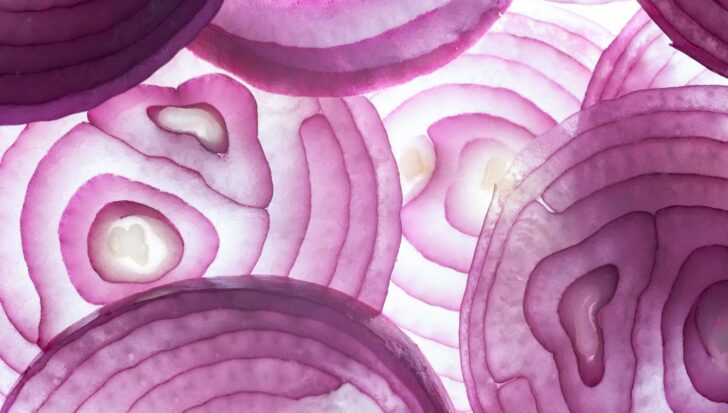
Onions have proven to be more than just tear-inducing kitchen staples. They are good for everything from staying healthy to dyeing clothes!
Some even find them so important that they would celebrate festivals for them. Although they make us smell funky, they have many layers of goodness behind them.
I bet you didn’t think such a common vegetable would play such an interesting part in our history!

